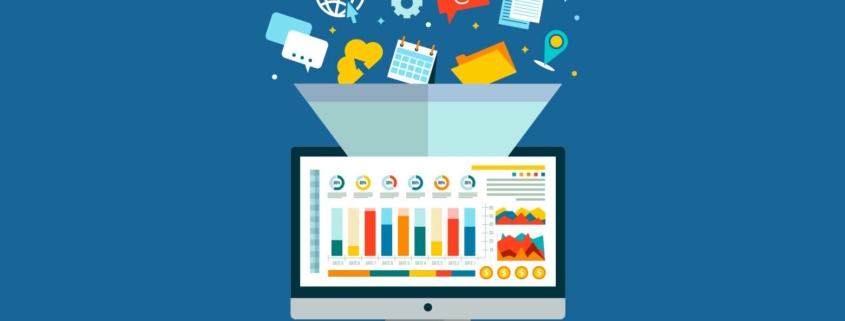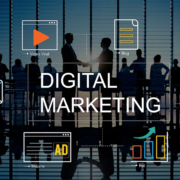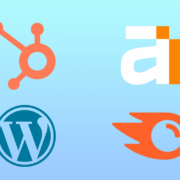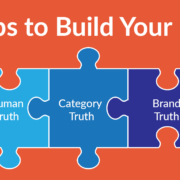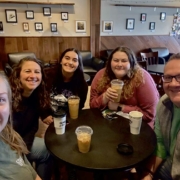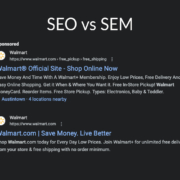A “Top of the Funnel” Look At The Digital Marketing Funnel
If you’ve changed the oil in your car, you probably used a funnel. It provides a more controlled flow of liquid, collecting a lot on top and streamlining it to a manageable stream.
Use that to picture the digital marketing funnel: broad on top and narrow towards the bottom.
Each digital marketing funnel stage is different, using different tactics for a different audience. Use this conversion funnel model to easily understand where potential customers are in the purchasing process to target them accordingly. Embrace this type of digital marketing sales funnel to maximize conversions and offer your audience a great user experience.
What’s a Digital Marketing Funnel, Exactly?
Let’s cut to the chase. The digital marketing funnel is a visual representation of the customer’s journey to becoming what you want: paying customers. It extends from the awareness stage, where people first learn about your business, to conversion, where they actually buy something from you.
There are two major parts of this puzzle: making sure people are entering the funnel and moving down through the stages. Treating people appropriately for their stage of the funnel is key to a better conversion rate.
Different Stages of the Funnel
The digital marketing funnel is made up of three major parts of the customer journey:
-
- Top of the funnel – The TOFU stage focuses on spreading brand awareness, so people discover your brand.
- Middle of the funnel – MOFU is when people are now potential customers. They’re in the consideration stage.
- Bottom of the funnel – BOFU is when you have a new customer who has decided to purchase.
How Pieces Come Together
There are different steps to follow prospective customers on their buyer’s journey through a content marketing strategy. Know what to post — and where.
Search engine optimization (SEO) is part of this process. Potential customers head to Google when they want to learn more or do research on a new product or service, so you want to be on the top of that page. Your SEO strategy should take this into account, targeting keywords associated with each stage of the funnel.
But what about other marketing tactics? They all have a place in the funnel, especially different marketing channels and strategies. Social media marketing can increase brand awareness (TOFU) and keep existing customers engaged (BOFU).
Generating Buzz For Your Brand
Get people interested in learning more about you. Discuss pain points and issues that you can solve. An eye-catching piece of content like an infographic can pique interest.
At this lead-generation stage, you’re building credibility and buzz for your brand. Here at the top of the funnel, everything you do should lead to the next stage. Catch new followers with a call to action like “Want to learn more? Sign up for our newsletter.” These landing pages help you obtain contact information.
Landing pages can be used in social media marketing or pay-per-click (PPC) advertising. Lead them to your page with sponsored ads to gain their email and contact information.
Help Potential Customers Make Up Their Mind
Naturally, your brand won’t be the perfect fit for every single person who comes across it. Interest is piqued, and customers will start to dive a little deeper into the types of content you offer, looking for a solution to a problem they are having.
At this point, it’s a great idea to have white papers or informational documents that serve as advocacy for your brand. Give them case studies and testimonials to help make up their mind about your brand. Webinars and more-detailed case studies should be shared at the bottom of the funnel to help them make that final decision.
Email marketing efforts are also a great way to reach people – sometimes all they want is a promotion code or just a little more information from your brand.
Making the Purchase
Once you’ve provided enough information on your brand that resonates with potential customers, you have new customers.
Your digital marketing campaign should include Facebook ads and a call to action (CTA), inviting potential customers to purchase. Don’t be afraid to run paid ads on other social media like LinkedIn or Instagram if that’s where your target audience is. Those ads should have specific keywords in them.
In this part of the sales process, don’t overload people with a bunch of selling points. Keep it simple and instead, link to other parts of your site to upsell: ‘People who bought this item frequently purchase this other item to go with it.’ This keeps everything conversational.
Post Purchase Protocol
Don’t think you’re done with the funnel just because you’ve made it through. Go the extra mile and send discounts and coupons to existing customers to generate loyal customer retention. You want to keep building on that customer relationship by ensuring they are happy and engaged with your brand.
Loyal customers are also great brand advocates. As your target market, they can attest to your brand and suggest your product to potential customers.
Let Lift Marketing Manage Your Conversion Funnel
Now that you know how the digital marketing funnel works, you can implement this jargon into your marketing plans. To help channel your funnel, give Lift Marketing a call, where we’ll be able to show you in-depth how to tie everything together. We specialize in helping small businesses meet their big marketing goals.

